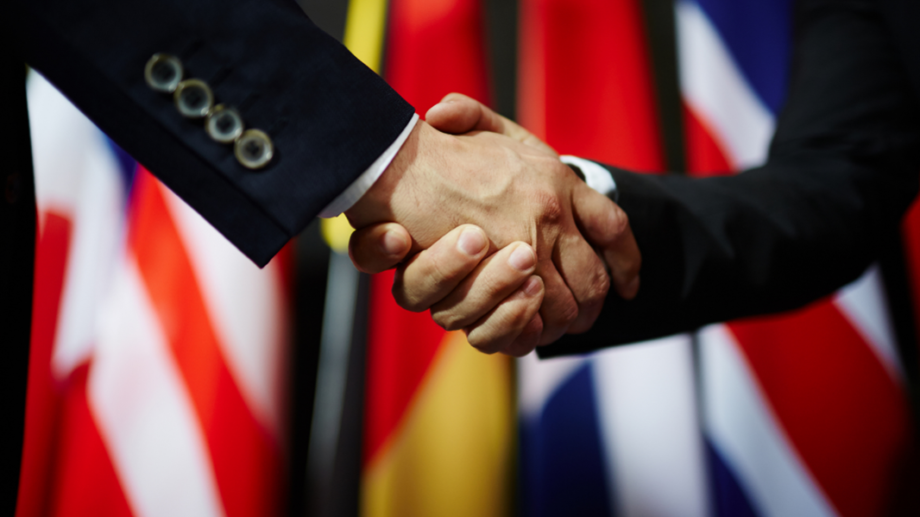We know that when it comes to political and public communication, and how to effectively reach audiences and voters, disruptive methodologies empowered by technological advances are on the daily agenda of politicians and their staff.
Who can forget Facebook’s role in the Obama campaign? or Donald Trump using Twitter to reach out to millions of people during the 2016 presidential election in the United States and after becoming president?
The way political campaigns are conducted is rapidly changing as a result of modern technologies and communication mediums. The rate of adoption of new ideas can be accelerated with the help of various external influences, such as using social media or implementing a new strategy to effectively communicate their message as, nowadays effectively implementing Augmented Reality -AR.
We already know the potential of AR to be used as a tool to educate people about a variety of issues in a fun and engaging way. But when it comes to apply it in political campaigns, AR will help voters to deeply understand the current scenario in their cities and surroundings, educating them displaying location-based data such as crime statistics, development data, and indices as a timeline depicting development over time during the mandate of a particular politician.
Here there is all the potential of showing people, instead of just imaging it, the before-and-after situation, the objectives of a particular political campaign and the ideal scenario politicians want to reach.
Consider how a political party could use this feature to show their proposed policies in terms of budget allocations, key regions for increased security, jobs promised in a specific region, and so on.
In addition, public interaction should be included in the development of AR apps. Allowing users to interact with the app can have a significant impact on potential voters. People can discuss location-based development indices and even gather suggestions using comment sections and rating systems.
Following, displaying information about contentious issues such as the number of undocumented immigrants in a given area, crimes committed, money spent on welfare, drug use in communities, and more, people and voters can be easily polarised, and political parties can take advantage of that. Regarding this, it is just as easy to grasp the risk that this one-sided information can bring. For this reason, there are some practises that can be implemented in order to avoid such misuse of impactful technologies like AR.
Firstly, candidates and political parties who want to use AR apps in their campaigns should be prohibited from displaying sensitive information about anyone mentioned in the data. Data security and privacy in fact, are one of the first issues to be solved developing strict guidelines for the use of AR apps.
In addition, AR apps for political campaigning should be tested on a regular basis to ensure that apps aren’t being used to spread disinformation, rumours, and fake news, among other things.
Finally, the success of internet and social media platforms like Facebook and Twitter demonstrates that technology can play a key role in bringing people together. In this scenario, AR holds the potential to be a game-changer in future political campaigns demonstrating how technology can alter the social and political landscape.


